Home / Resources
Resources
Discover a Wealth of BPM Knowledge and Expertise at BPMInstitute.org!
Analysis: Isn’t that for smart people?
“Analysis is the difficult part of a business improvement project”. “Analysts are really smart people that are hyper intelligent” and “analysis can not be trained”. Those are some of the preconceptions project teams have to fear the analysis work that needs to be done on a process improvement project.
None of these are true. First of all many people confuse analysis with all those complex statistical tools that, for example, six sigma makes you believe you should apply.

Are All Rules Business Rules?
The Business Rules movement has begun the transition from being a niche approach to entering the mainstream of organizations’ project techniques. Where once organizations saw only business processes and requirements, they now also see business rules. In fact, it’s tempting to see everything as business rules. In the midst of the movement’s first encounter with fame and fortune, it’s a good time to ask what the real value proposition is for business rules and whether everything that is potentially a rule should be treated as a business rule.
Is Your Business Process Model Earning Its Keep?
Sandra Lusk has over 20 years experience in systems design and development working with utility, transportation, logistics, insurance and banking organizations in the US, Canada, Australia, New Zealand and Wales. She is also a certified Project Management Professional (PMP) and is currently President of the Association for Business Process Management Professionals for the Portland Chapter.
Lusk says a process model is a vehicle for understanding how things work.
SOA’s New Rules
Remember the “eight second” rule. Back when Internet transactions were new, consumers attempting to purchase goods and services online were stymied by poor website performance. Service outages and brownouts occurred seemingly at random with no connection to the high availability of the underlying systems. Business managers lived in fear of service outages becoming news stories and crashing high-flying stock prices.
The issue was lack of visibility. Management systems only monitored specific parts of the infrastructure making up the tiered web applications.
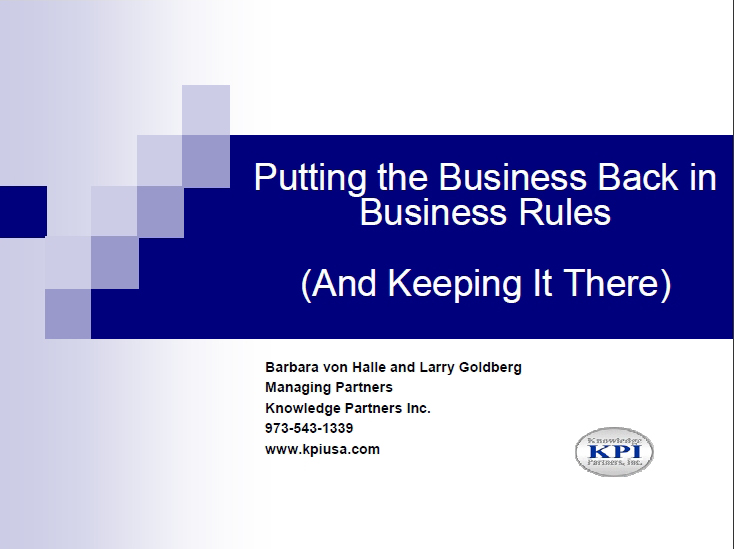
Putting the Business Back in ‘Business Rules’ (and keeping it there) Part 1
An enterprise pursues its mission by the formulation of policy, and these policies are implemented by rules that permeate the business. But where are these rules kept, and how do they relate to the policies that supposedly gave them birth? Typically they are buried in documents, peoples minds, policy manuals, and most frequently in business system software code. And not only is their existence forgotten – but there very purpose lies buried under strata of system changes and evolutions.

Asking and Answering the Right Questions About Certification
“Most certification today is pure ‘credentialism.’ It must begin to reflect our demand for excellence, not our appreciation of parchment.”
-William John Bennet
As president of ABPMP, I am often asked for my opinion about “certification” programs.
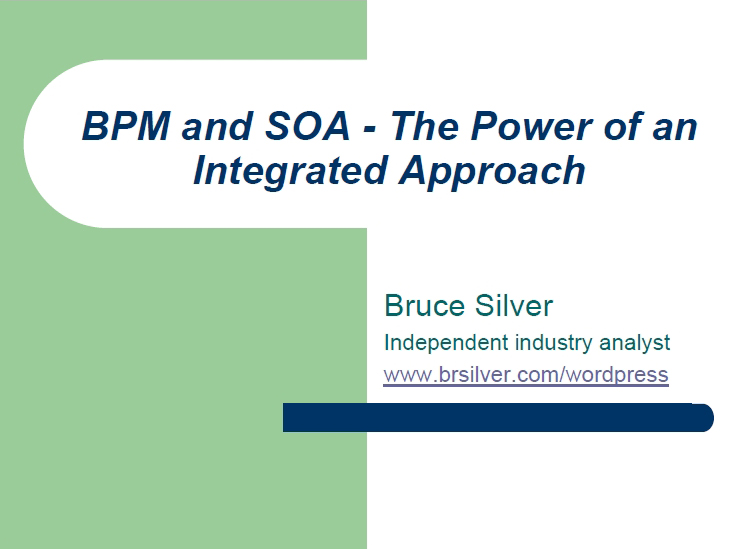
BPM and SOA – The Power of an Integrated Approach
Join this webMethods Webinar as well-known BPM industry expert Dr. Bruce Silver discusses the intersection points between BPM and SOA and the advantages that a solution which integrates the two technologies into a single cohesive platform has over standalone products. Along with Bruce, webMethods VP of Product Development, Pete Carlson describes how the webMethods Fabric suite makes integrated BPM and SOA a reality.
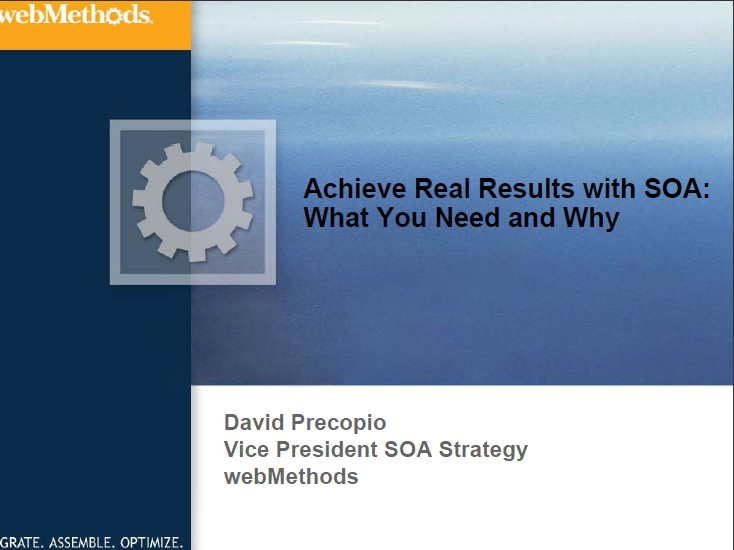
Get Real with SOA – The Technology – What You Need and Why
Although industry standards exist around Web services, there are no standards around the technology capabilities needed to achieve success with SOA or how and when to implement them.
Although industry standards exist around Web services, there are no standards around the technology capabilities needed to achieve success with SOA or how and when to implement them. Join webMethods to learn what’s needed to deliver and support enterprise-class service-oriented business applications and how webMethods Fabric 6.5 enables organizations to achieve real results.
Case Study: Service Based Process Architecture
Linda Gurgone is the Lead Business Process Architect in Motorola’s Enterprise Architecture team.

The Role of SOA in Business / IT Architecture Alignment
Organizations have two universes in constant flux; business architectures and IT architectures. Now a third factor has entered the mix – services oriented architecture (SOA). As organizations seek to align business and IT architectures, SOA can play a key role in streamlining this process. This article discusses how SOA helps align business and IT architectures to deliver more effective, more efficient responses to ongoing business demands – on a transitional basis and over the long-term.
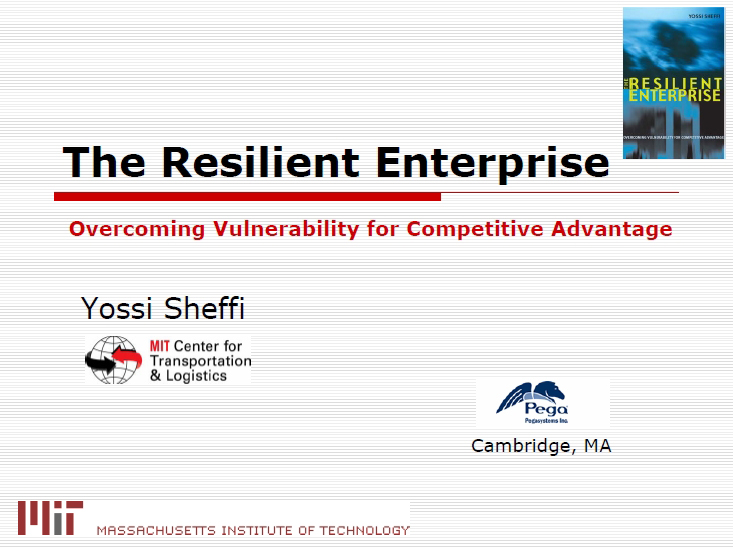
Lessons from the Resilient Enterprise – How Winners Build for Change
Today’s global enterprises are confronted with a wide array of unplanned disruptions, including events such as Hurricane Katrina and 9/11. International supply chain expert Yossi Sheffi will describe how a company building for change and flexibility throughout its supply chain is able to reduce risk AND create a competitive advantage in the increasingly volatile marketplace. BPM industry thought leader Alan Trefler will explain how BPM systems provide organizations with the ability to be agile in responding to the inevitable…change, planned and unplanned.
The Ins and Outs of Business Rules
In the previous article, Who, What and How of a Business analyst, we examined the role and responsibilities of an IT Business Analyst. In this article, we shall focus on the basic concepts of business rules. In the upcoming articles, we shall investigate what business rules mean to a Business Analyst and how they lead to the transformation into a Business Rules Analyst. A lot of research has been pursued by eminent experts in the field. In this article, we shall learn the basic principles of business rules.

BPMS Watch: BPM and SOA: Are the Communities Starting to Merge?
Last fall in a column called “BPM and SOA: One Technology, Two Communities” I said that the big middleware vendors pushing the BPEL standard seemed to understand orchestration as a critical piece of the SOA story but had no clue what business process management is all about.

Backwards BPM – Start with the End
Introduction
If you are one of the do-it-yourself types and just completed your taxes, the IRS estimates that you probably spent about 44 hours preparing it. It’s no wonder that 80% of U.S. citizens believe that our tax code is too complex and has to be simplified. If you were in charge of fixing the tax mess, where would you start?
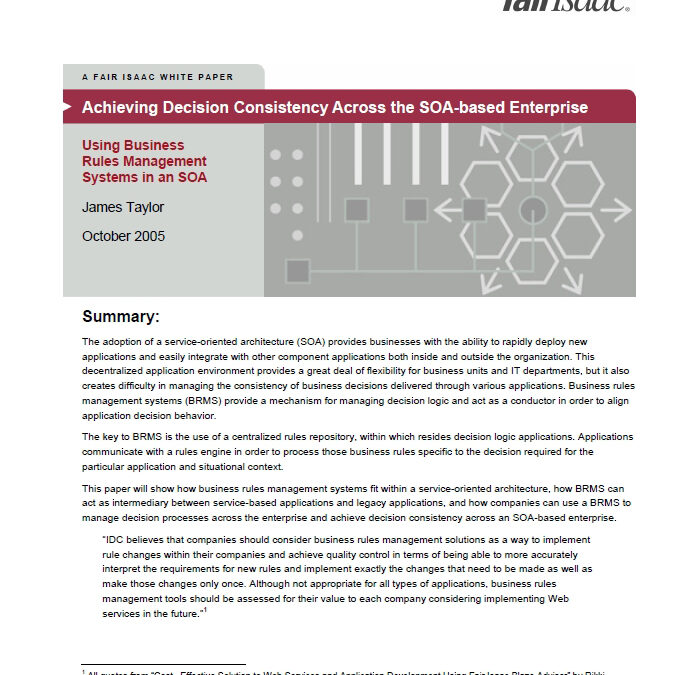
Achieving Decision Consistency Across the SOA-based Enterprise
A service-oriented architecture (SOA) provides businesses with the ability to rapidly deploy new applications and easily integrate with other component applications both inside and outside the organization. Yet while it provides a great deal of flexibility for business units and IT departments, an SOA also creates difficulty in managing the consistency of business decisions delivered through various applications.

Rules for the Masses
The wave of successful implementations, stories of agility and huge ROI, and the unparalleled need for rule-based systems has been well documented. The likelihood for this trend to continue was anticipated as far back as 2004 when Gartner suggested that “1 in 3 applications would employ some form of variable business rules by 2007.” Think about the prediction for a moment – 1 out of every 3 applications having variable business rules. That’s a staggering number.
8 Things Most People Misunderstand About SOAs
As I go from conference to conference speaking on the development of SOAs I’m always surprise to hear how much people don’t understand about this concept. Perhaps it is the marketing engines around the many vendors grabbing land in this space, or perhaps it’s how SOAs are explained in the main stream IT press. No matter how you got it wrong, it’s time to get it right.
Number One: Service-Oriented Architectures are a new concept.
Not really.

Process Management Approach Leads to Competitive Government
Five years ago, telecommunications companies operating in Florida faced a baffling array of taxes levied at the local level. Each municipality and local governmental entity had their own tax tables and methods of collection. “As the U.S.
Interview with Brett Champlin: Chicago Preview
I spoke with Brett Champlin recently and asked him about the upcoming BrainStorm Chicago Conference(s) and what is new for 2006.
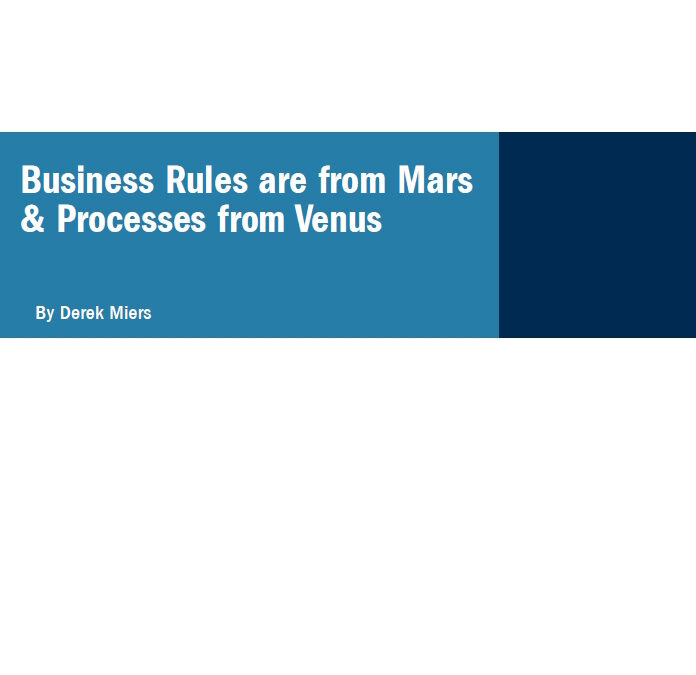
Rules are from Mars and Processes are from Venus
Over the years, businesses have sought ways to make their systems more extensible and flexible. In support, two fundamentally different approaches emerged for software developers. The two approaches are now commonly identified as Business Process Management (BPM) and Business Rules (BR). BPM typically directed workflows, while BR guided decisions. Driven by a need for greater agility and enterprise-wide applicability, businesses have started to meld the two approaches.













